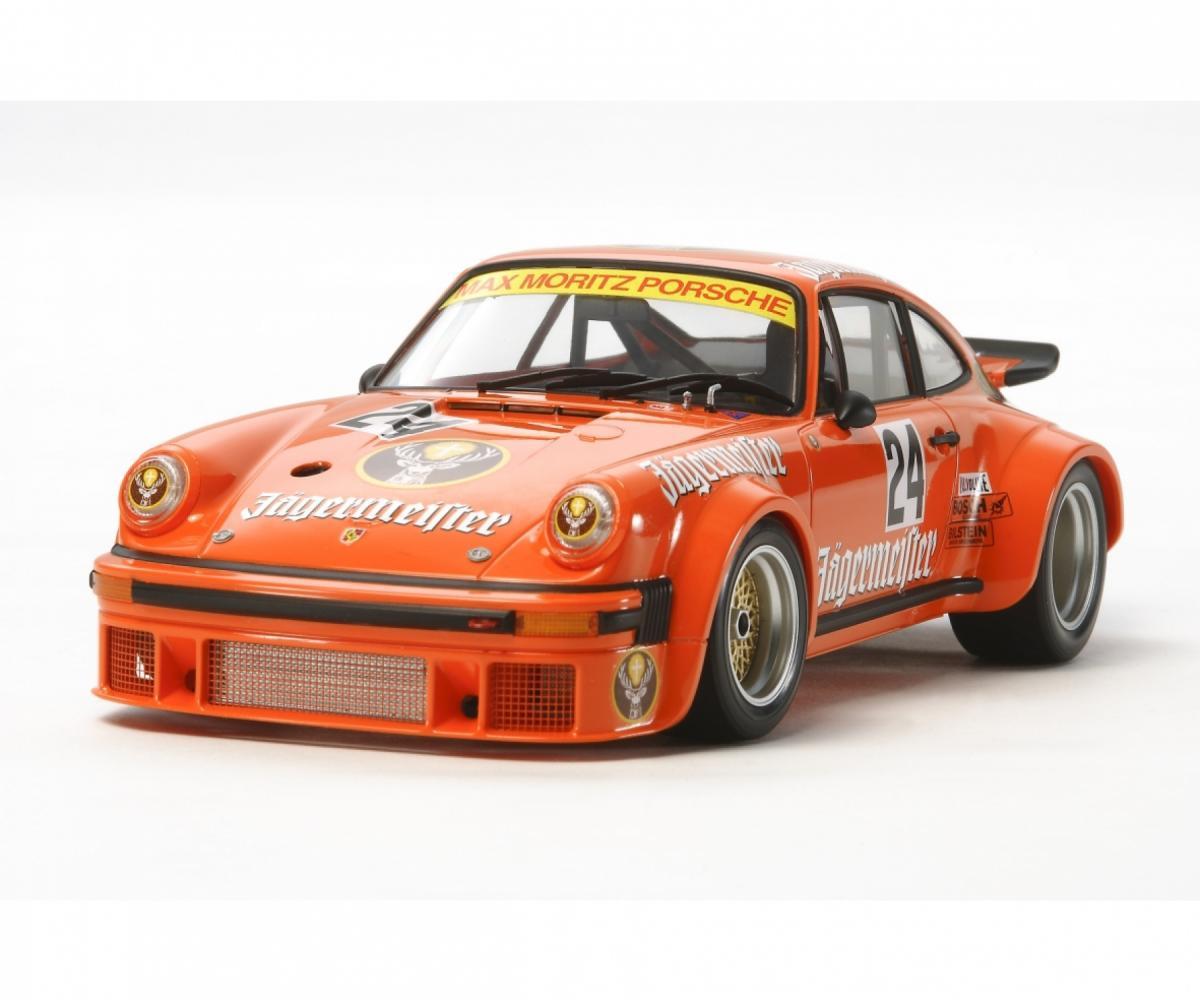Plastic modeling tips & tricks - for beginners
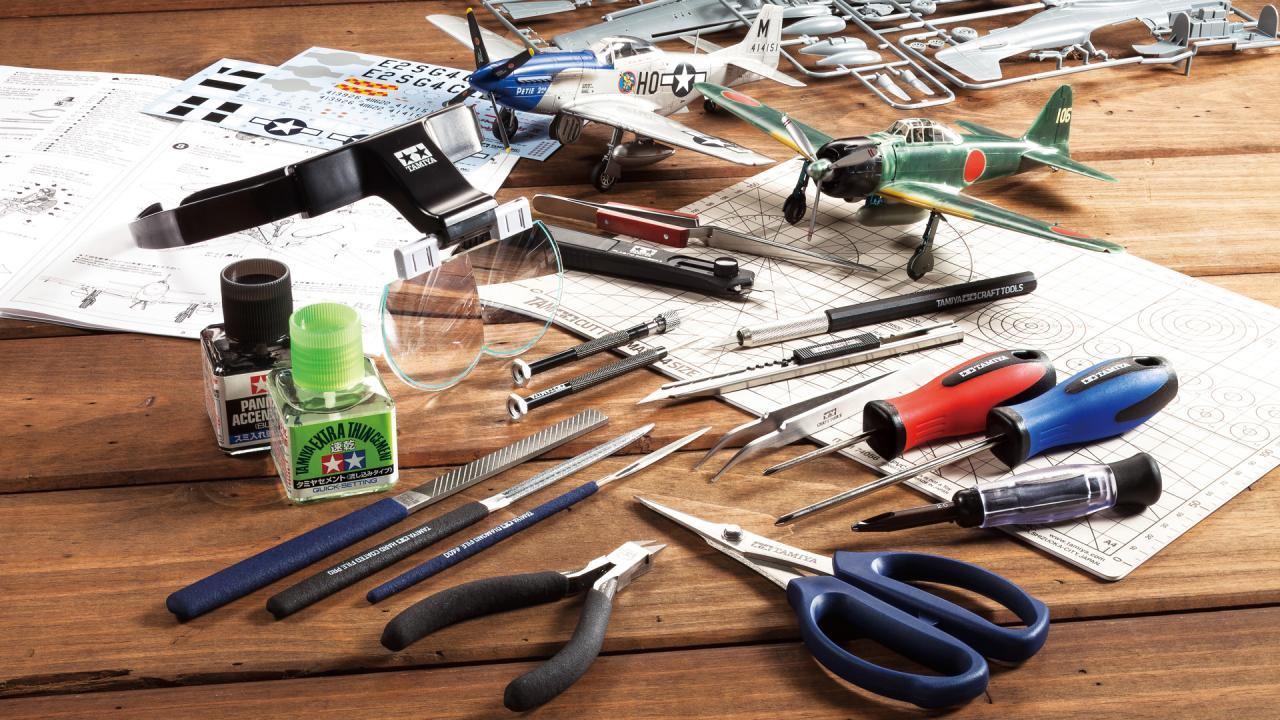
-
By
Oliver K.
Modeling is an exciting hobby that combines craftsmanship with creativity and is suitable for all ages. You can use it to rebuild airplanes, but also cars, ships and other things on a small scale in detail and then paint them, so that in the end a true work of art is created.
Even beginners commit some typical beginner mistakes, which can be easily avoided with the right plastic modeling tips & tricks.
Plastic modeling - what is it anyway?
Plastic model making deals with the production of three-dimensional, physical objects. These can be buildings, animals or landscapes, as well as vehicles of all kinds. For example, scaled-down versions of cars, airplanes and ships from everyday life as well as from the military field.
At TAMIYA there is a wide variety of model kits on various topics, so that you are sure to find something suitable for your interests.
How to choose the right model?
For starters, a simple, small kit is recommended in plastic modeling for beginners. So you learn important techniques and modeling tips in assembling and painting, before you venture with more experience to the implementation of large, complicated kits. So that it does not come to frustration at the beginning of plastic modeling for beginners, you should definitely choose a kit that suits your interests.
To implement everything as similar as possible to the original, a lot of patience and time are required. No master has yet fallen from the sky here. For the first model, small mistakes are allowed and no reason to stop building plastic models. From model to model you will continue to refine your knowledge of building and painting - eventually these are then hardly distinguishable from the original.
Before the start - this is what you need for plastic modeling
You want to finally get started and realize your first plastic model kit? To create the most accurate replica of the original with all the subtleties, a collection of various tools is recommended. Here are a few plastic modeling tips & tricks for the required accessories.
Following things are needed for the implementation of the modeling tips. Time, patience and rest you need in addition.
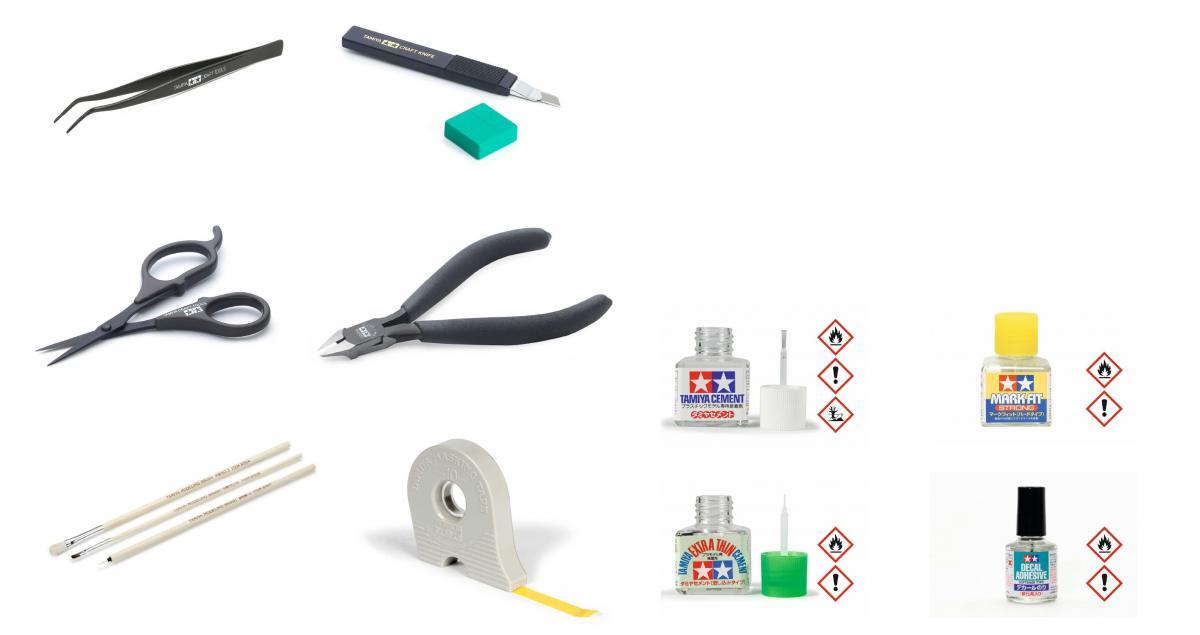
- stable base (eg table, workbench)
- Construction manual
- Adhesive (eg superglue, glue for decals, extra-strong or extra-thin variants)
- Cutting tool (eg. Side cutters, cutter, scissors, scalpel or knife)
- Screwing tool
- Sandpaper and small file
- Masking tape or rubber bands
- Brushes
- Modeling paints
- Tweezers for small parts
- Pincers or clothespin
- color stirring stick for even mixing of colors
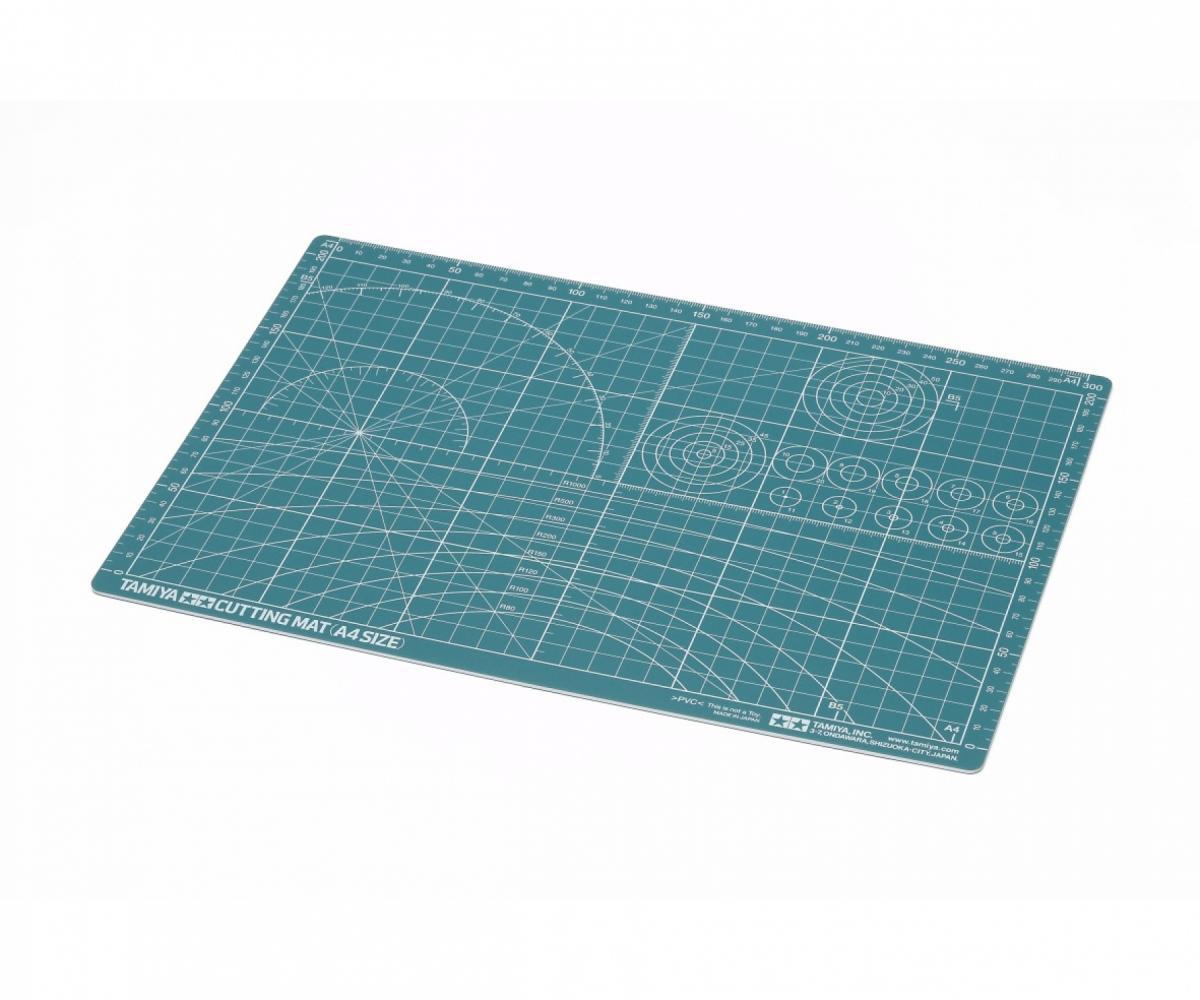
The first plastic model - this is what beginners should pay attention to
It should finally start, you build your first plastic model. Note the following plastic modeling tips & Tricks, so that everything succeeds optimally.
The most important plastic modeling Tips & Tricks at a glance:
- Tip 1: Add your first model necessarily exactly according to building instructions together. Read them well and follow everything step by step, so as not to forget any important details. Attention: Sometimes small parts look very similar, some are even double and triple. Sort everything for a better overview.
- Tip 2: Before you start, all parts are neatly separate from each other. Go thereby very carefully. So that later all parts fit together well, you separate them carefully instead of breaking them off. A pair of side cutters or a knife will help. Check now immediately the accuracy of fit, you may have to file off small plastic residues so that everything is correct.
- Tip 3: Verwende the plastic glue always very sparingly. Have you nevertheless times too much of it applied, you wipe him away in no case, because you distribute him so only more. Let the excess glue dry and then sand it off carefully with some sandpaper or a small file.
- Tip 4: Most glues dry very quickly, but a fixation of the components with rubber bands or masking tape is helpful so that nothing slips.
- Tip 5: Decide on a suitable workplace. Ideal would be, for example, a hobby room, a workbench in your garage or an extra room with good ventilation. Also important are a large table and space to dry all components.
- Tip 6: Put a pad as protection against paint splashes on the floor.
- Tip 7: Use at the beginning exclusively water-soluble and fast-drying paints, which are very easy to process even without experience.

- Tip 8: Ideal for starters are brushes with a thickness of 0.2 to 0.4 mm, at TAMIYA, for example, the brush set Basic is ideal.
- Tip 9: Stir all colors in advance always for at least 1 minute well. For this, a wooden spatula, toothpick or color stirring rod is suitable.
- Tip 10: Before you apply primer and colors on your plastic model, clean it thoroughly from dust with a soft cloth.
- Tip 11: To be safe, draw a few test coats to test the color choice. Use for example, an inner side of the model or a plastic cup.
- Tip 12: Go when applying paint very evenly and neither too fast nor too slow. Start with the light colors, then follow the dark tones and finally the metallic colors. Clean your brushes thoroughly between each color change. Let all painted parts dry for at least 12 hours before you connect them again to the finished model.
- Tip 13: Decals or decals and logos round off the overall look of your plastic model and ensure the original appearance. With the decals, a particularly careful working method is important. A decal softener (e.g. Mark Fit Decal Softener 40 ml) will help you do this.
- Tip 14: Curvatures and multi-dimensional surfaces make the application of decals particularly challenging. Adjust the decor very specifically with pointed or round cotton swabs . Scissors, tweezers and toothpicks will also help you to stick. Always check several times that a decal is in the right place before removing the backing paper. Excess moisture you dry at the end with a soft household cloth.
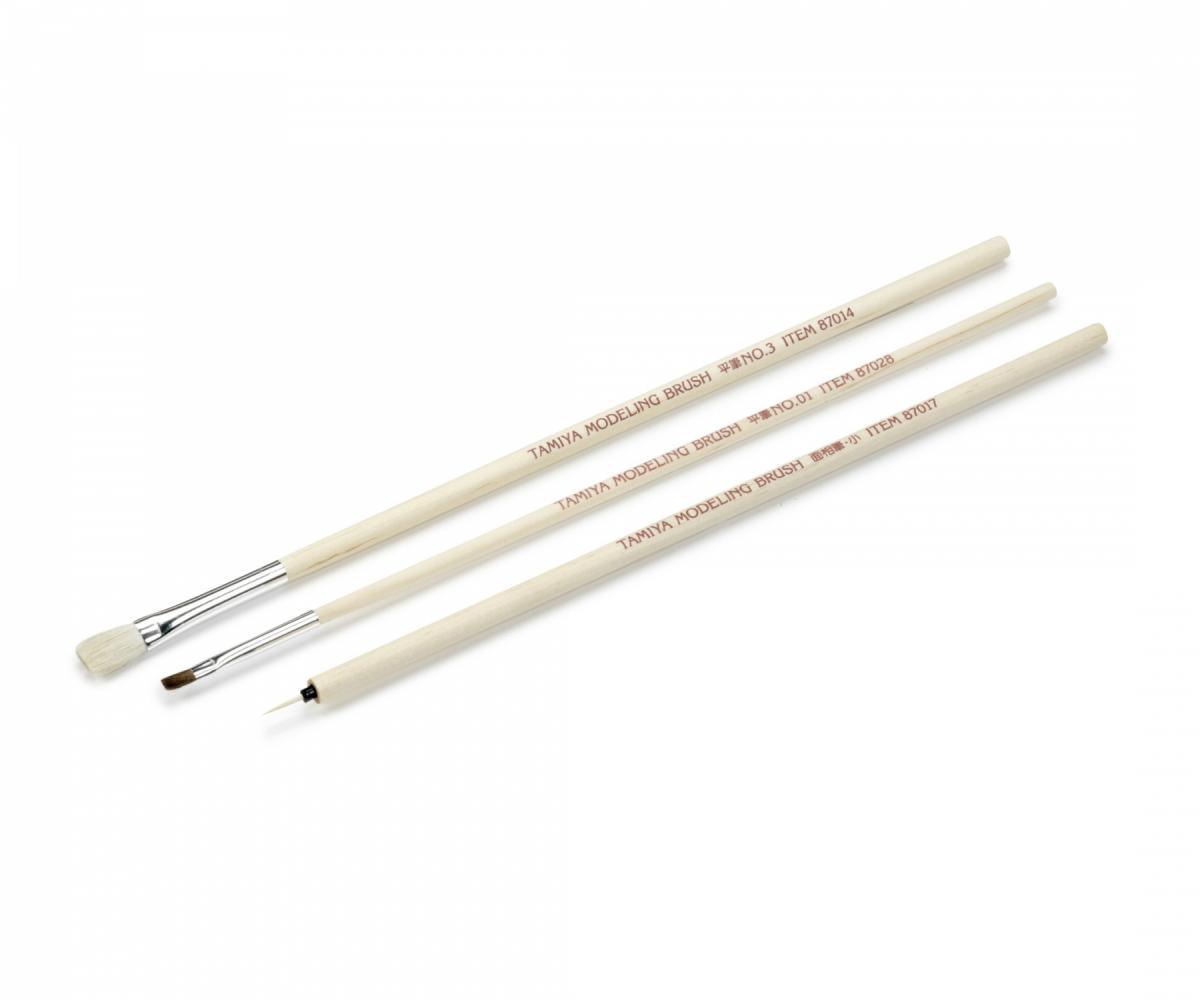
Tip: Follow all plastic modeling tips & tricks if possible to make your first work perfect.
Conclusion: Plastic modeling made easy
Thanks to various plastic modeling tips & tricks everything is not so difficult and even by beginners with a little patience and skill easily implementable. For your first attempt, it's best to pick up a small TAMIYA plastic model kit with a low level of difficulty and then progress to more complicated models.
Order suitable colors, from TAMIYA high-quality brushes and other modeling accessories (e.g., masking tape, glue, clamps and side cutters) to bring one of our plastic models to life thanks to TAMYIA plastic modeling tips & tricks.
